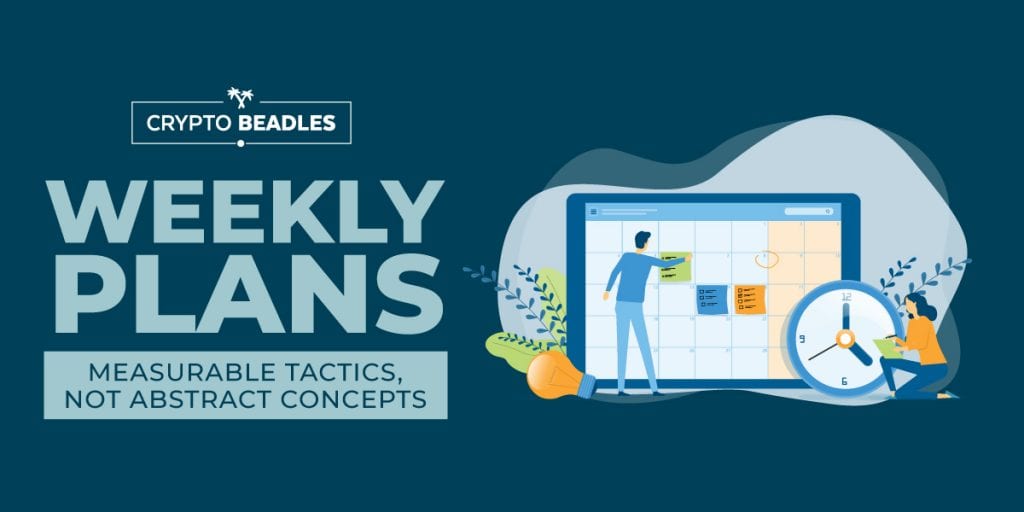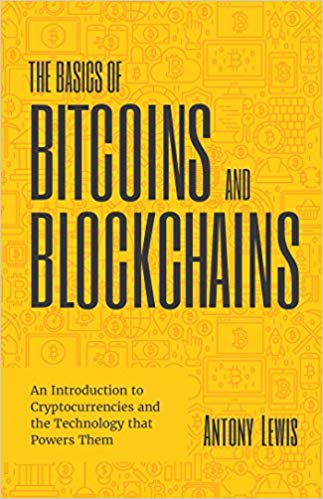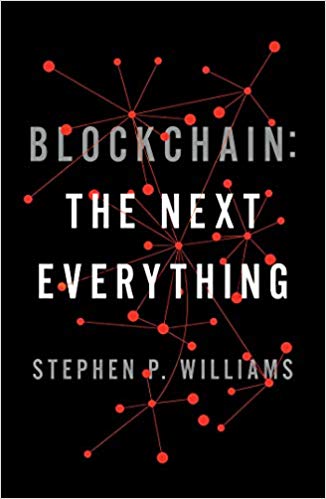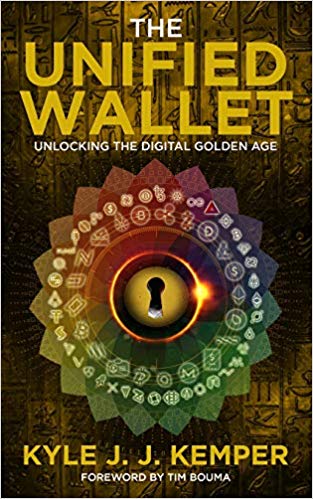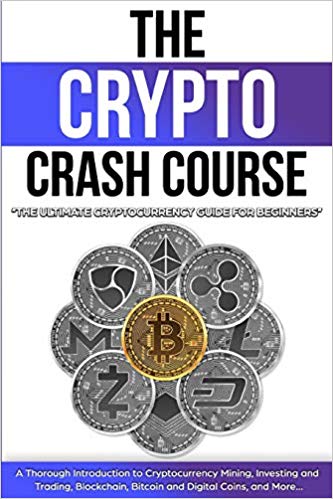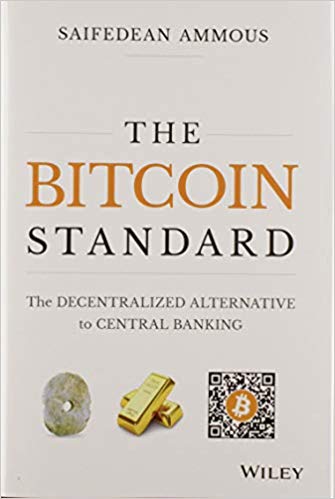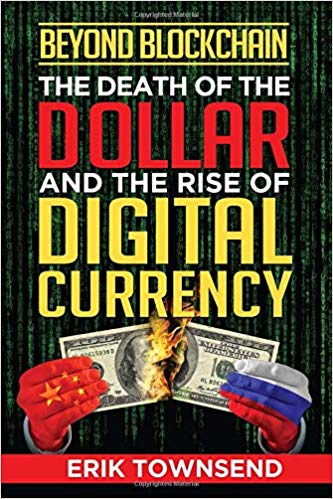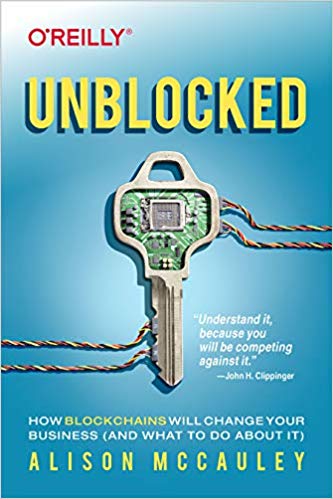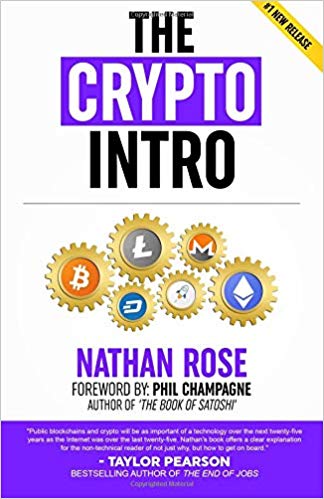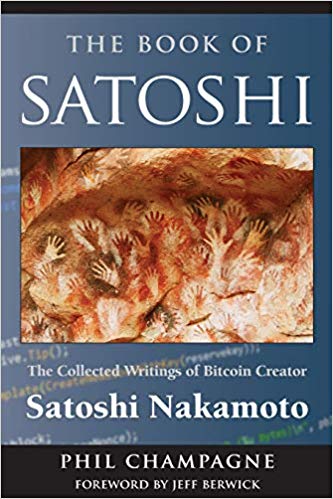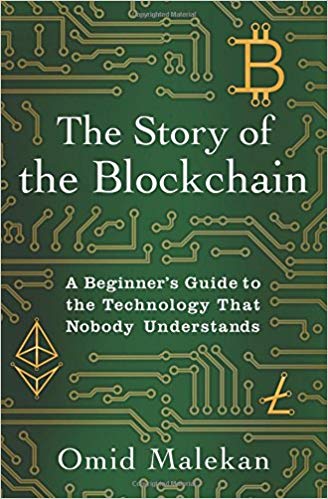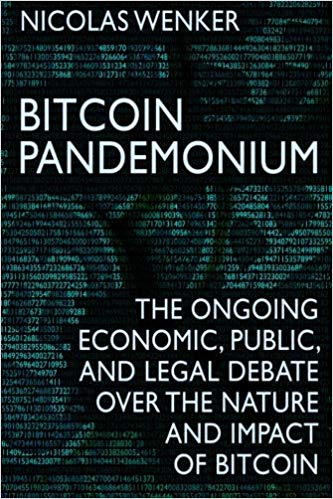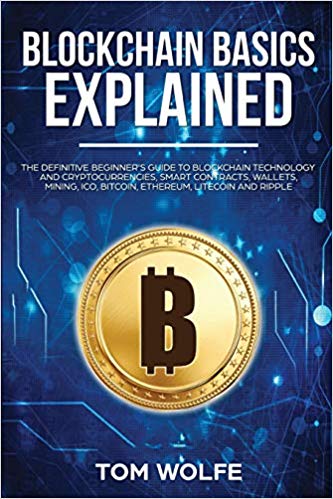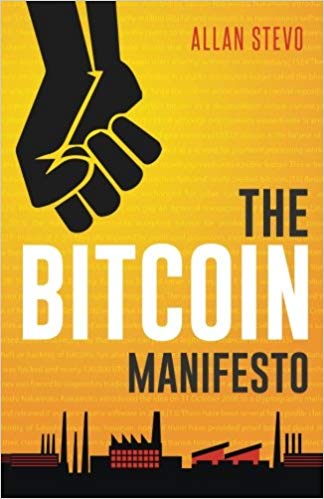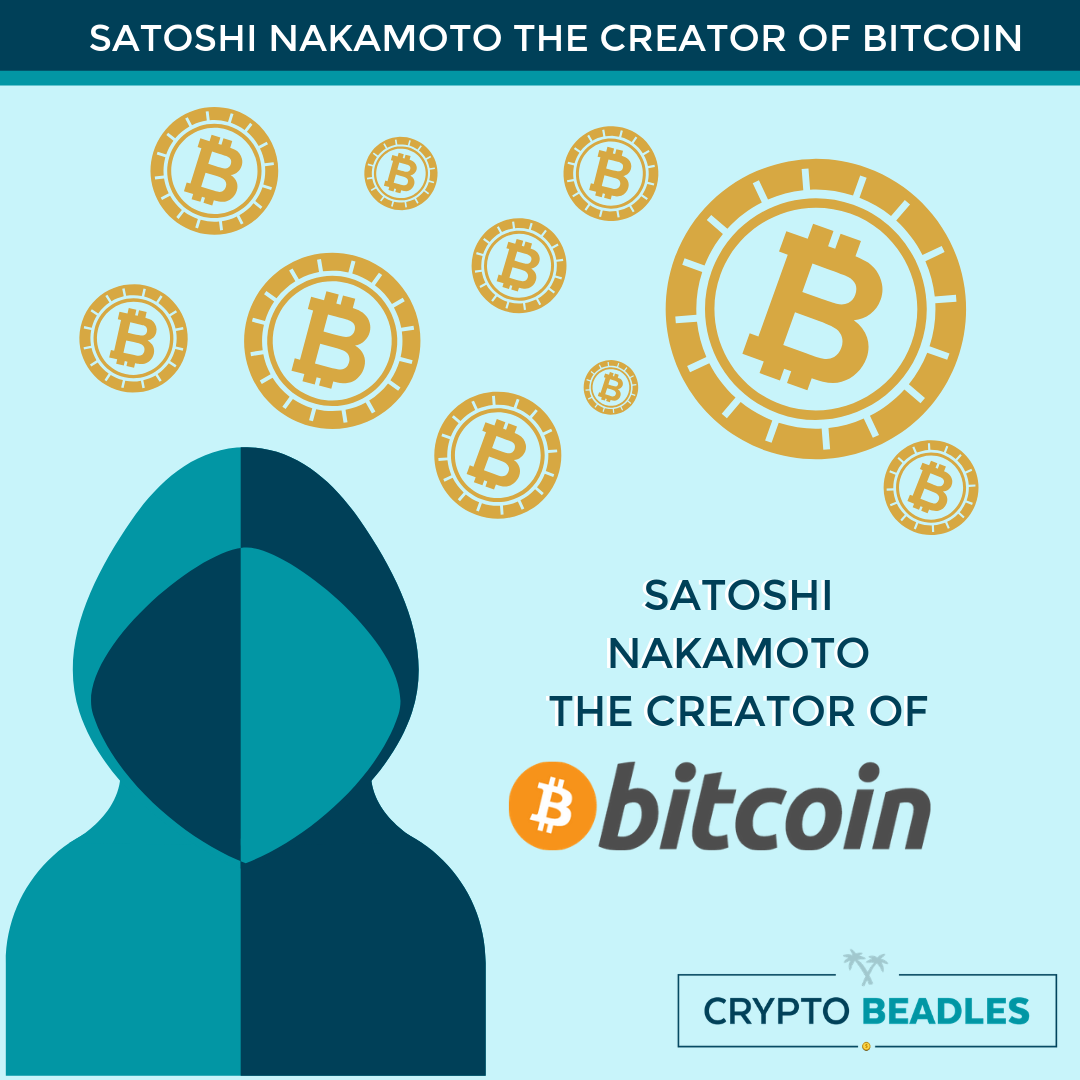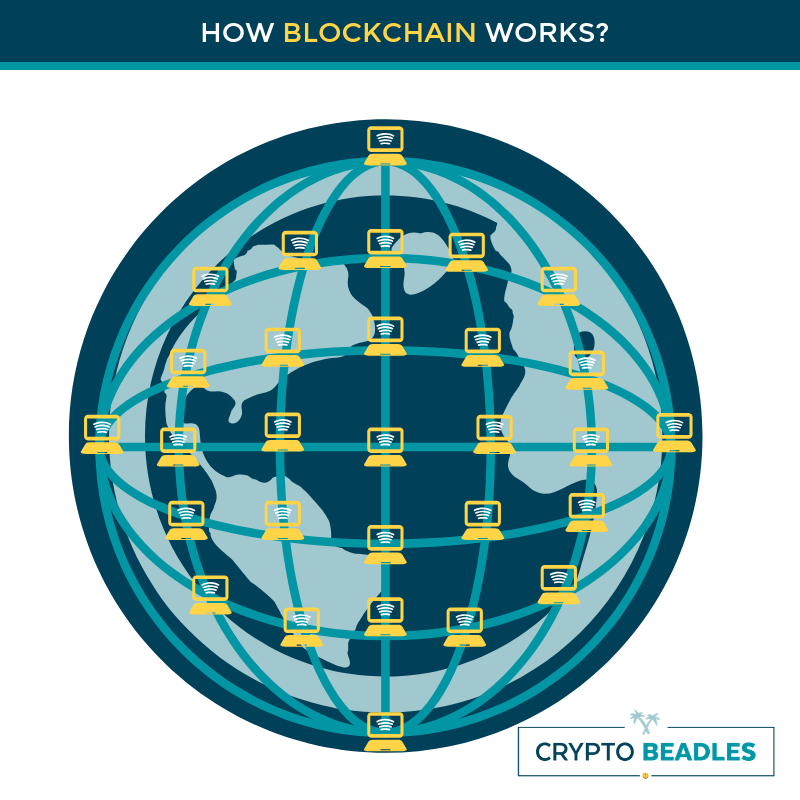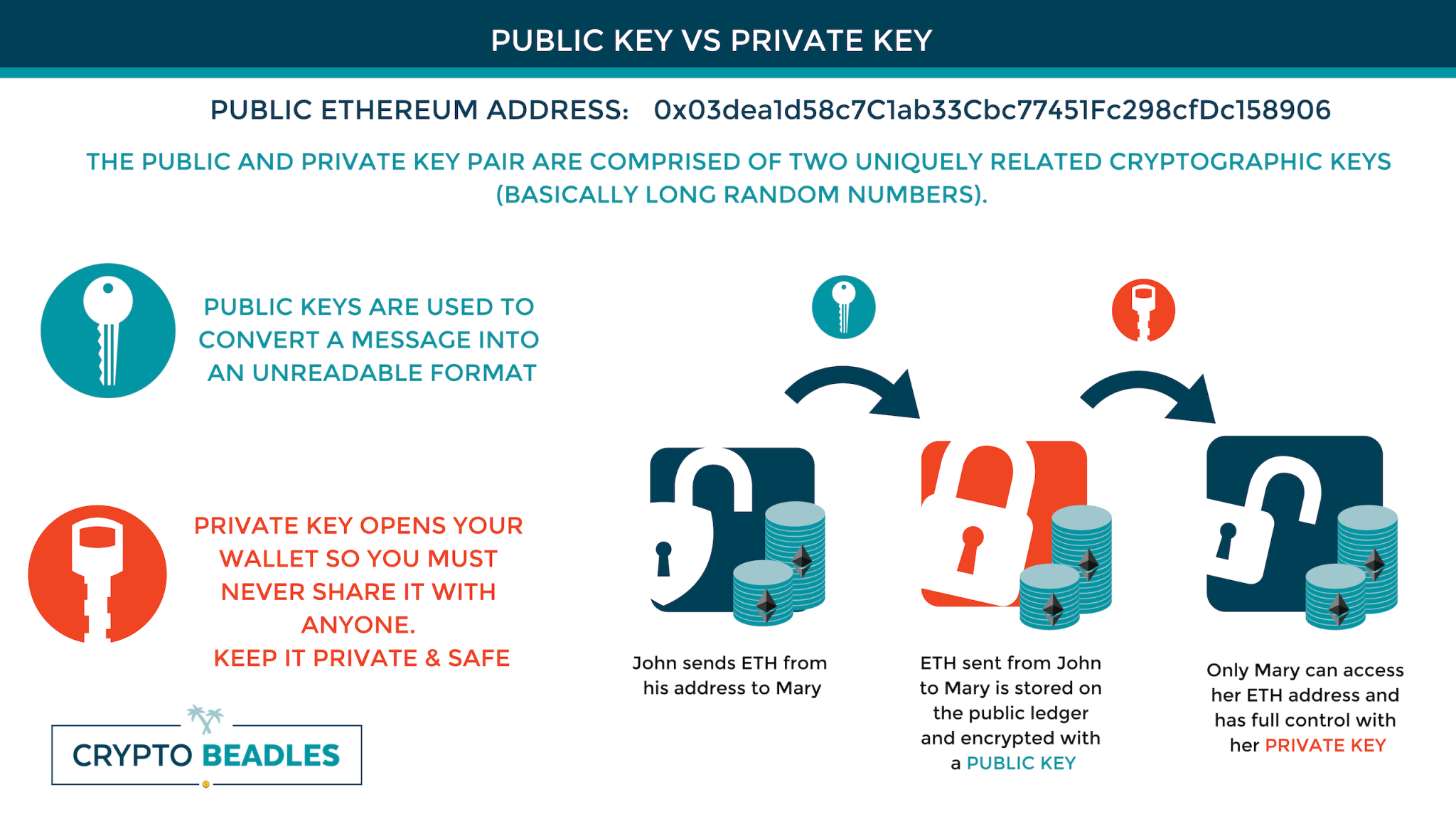
Operation Sunlight
Operation Sunlight
Are you angry yet?
If not you should check your pulse as you should be livid!
Every day we are seeing more and more of America erode. We see our leadership appear to act in their or their special interest buddies interests and not ours. We see them tell us to stay home, stay safe, while they’re out traveling the World and Country.
We see the 14 days to slow the spread turn into a year of lockdowns, forced vaccines, vaccine passports, all of which has and is continuing to crush small businesses, lives, and more.
We see our children being programmed with marxism in our schools, our votes not count, our voices not heard, the richest getting richer, while the rest are getting poorer. We see our borders being overrun by illegal aliens to whom we will have to pay for in perpetuity.
We see illegals treated better than our honored troops and veterans. We saw our most important election robbed from us in broad daylight while our leaders were either complacent or complicit in the fraud.
Are these leaders all selected not elected as well? Using these same systems to cheat, we ask ourselves? Is that why these leaders are quiet? We see our place of prominence in the World turned into a laughing stock. We see our great land and fortune being turned over to China and others. America is circling the drain; our American dream is turning into an Orwellian nightmare.
Are you angry yet?
It may seem all hope is lost, but it’s not. The problem many Americans have realized is we put our faith and hope in one great man.
This great man, our great President Donald J. Trump, told us the only force strong enough to stop this corruption is US, “we” the American people. “We” showed up to rallies, “we” donated to the Republican establishment, “we,” thought it was enough, but “we” didn’t truly listen.
It’s like having an amazing quarterback, but his entire team sat on their hands and refused to play. This great quarterback can only run the ball so far; it’s up to us to bring it home.
Many want to help, many peacefully want to take back our Country, but they simply don’t know how. These same people who want to help but don’t know how, are busy trying to raise their families, keep a roof over their heads, and are limited on what they can actually do.
Here is where Operation Sunlight comes in. We have been tricked into thinking the Central Government is the final say, the be all end all of our Country, but that’s simply not true.
Our great founders established our Constitution, yes, but they left the majority of the power with the States. Basically, the states delegated the power to wage war, declare peace, negotiate and add tariffs in foreign affairs; but most all other rights stay with the States. It is also worth mentioning,
delegation is temporary. It is not a surrender of rights, and the States could even take back those powers too if they choose.
It’s crucial Americans know this; these laws, mandates, etc., the Central government puts on our States are, in many cases, unconstitutional. It is the State leaders who continue to allow these unconstitutional practices
to happen.
This must stop! We must retake control of our States at the State level. We must hold leadership accountable. Operation Sunlight does this. Patriots in this operation, in these areas, start at the State level requesting the ballots cast and voter lists from the 3-7 biggest Cities in each State.
This data, once received, will then be analyzed by Dr. Shiva and other brilliant data scientists to see if there are any errors, fraud, etc. If there is, we determine who in that County or City is responsible for remedying the error/s. We organize fellow patriots in the area and peacefully protest the person in charge of fixing the error or the appropriate authority to levy fraud charges against the person who certified the fraud.
People will continue to abuse the system until there are consequences; so far, it appears there are no consequences for election fraud, etc. Using this method, we peacefully protest only the people who have the power to right the wrong. Standing on street corners waving Trump flags is not going to work; while patriotic, it’s simply not effective.
We must rally and protest only where it matters; we must focus Sunlight on the individuals or groups who can right the wrongs and give us back our vote. Right now in Arizona, the Senate has bravely agreed to conduct a forensic, hand count audit of 2.1 million votes, in where Trump supposedly lost by under 11,000 votes. If the reports and witnesses in Arizona are right, we should see the fraud exposed, and then it’s up to a few leaders who can right the wrong.
This, too, is where Operation Sunlight comes in. We peacefully support the patriots conducting the audit; if fraud is found, we peacefully protest the people who have the power to right the wrong. If we get Arizona
back, we then have Georgia—where an audit is in process. We have Michigan, where the Court says the Secretary Of State unconstitutionally changed the voting process. We have Wisconsin, where indefinitely confined votes and other unconstitutional issues arose.
We also have New Mexico, New Hampshire, and others. It’s a domino effect. If we get back Arizona—it will start a brush fire of patriotism that could turn into a roaring forest fire that can’t be extinguished—until we have peacefully righted these wrongs.
The people that certified the fraud must be prosecuted; we can’t allow these issues to happen in the future. We need to fix our voting system and have a plan there too, but first, we must take back our votes at the state level.
Many overlook that California has 55 electoral college votes; if fraud is found there and overturned, that is enough to overturn the entire election in just one State. We must get our vote back; we must end this corruption peacefully.
We must no longer wait for one man to do this for us, we must do this for ourselves, and it starts with a very simple email we will send you that you send off to your County (or City) Clerk to request data. We can do
this, but it is Us who must do this.
Our kids, family, and Country are counting on us to peacefully take this back. My great Uncle Benjamin Franklin helped create this Republic; it is up to us to keep it.
To join fellow Patriots in your area, please email us at operationSunlight@protonmail.com; we can do this!
It’s as simple as an email to start, you request the data, and once you receive it send it to us.
We have some of the best and brightest on board and more coming on board shortly. The organic support is enormous; Americans want to help; they just don’t know how. They see America eroding and feel disgusted,
they complain to friends and family but feel helpless and defeated, but together we can peacefully take the power back.
Trump told us it was up to us; we have to get in the game now, turn the Sunlight on the people who wronged us, who can right it for us—starting with our votes—and peacefully take it all back State by State. No more wasted energy, no more rallies just for the sake of rallies, no more protesting the wrong places and people, no more sending money to people complicit or complacent to these issues, a true plan to use focused
Sunlight in the areas where it matters.
Join Operation Sunlight today; it’s free, the way our Country is supposed to be. It’s run by the people for the people, no establishment types, no special interests, and not me. It’s simply uniting fellow patriots State by
State with a plan to peacefully take it all back, starting with our vote. It’s how we take it back peacefully, neighbors helping neighbors with a plan at a State level, not some do nothing establishment group. It’s us, for us, by us.
As GW Said “Truth will ultimately prevail where there is pains to bring it to light,” George Washington.
Email us at operationSunlight@protonmail.com




